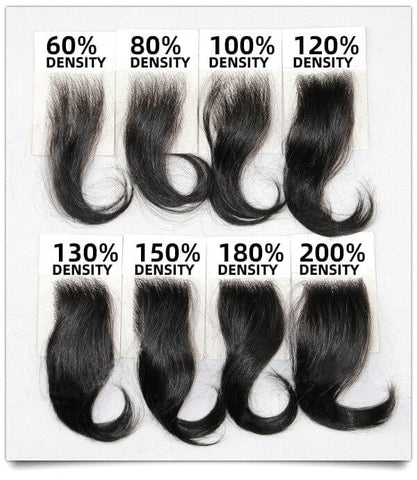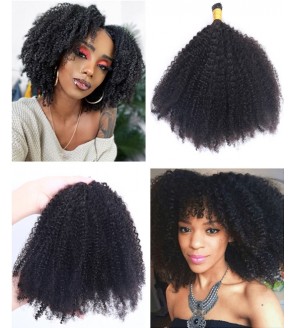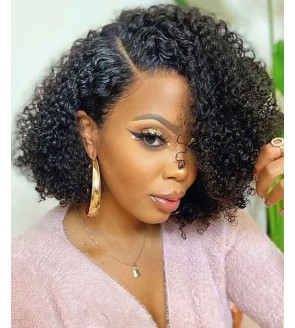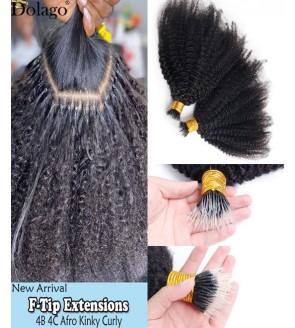Understanding Wig Density: Human hair wig density is measured by the number of hair strands per square inch on the wig cap. It ranges from extra light or light density (80-100 strands) to heavy density (180-200 strands or more). Here's a breakdown of the different wig density options and their characteristics:
-
Extra Light/Light Density: Wigs with extra light or light density offer a more natural and realistic look. They provide a lightweight and breathable feel, making them ideal for individuals seeking a subtle enhancement to their natural hair. Light density wigs are also suitable for those experiencing mild hair loss or who prefer a more minimalistic appearance.
-
Medium Density: Medium density wigs strike a balance between natural and voluminous. They offer a moderate amount of hair, creating a fuller and thicker look without appearing overly dense. Medium density wigs are a popular choice for individuals who want a versatile and stylish option that suits various occasions.
-
Heavy Density: Heavy density wigs provide maximum volume and fullness. They offer a lush, glamorous look, perfect for those who desire a dramatic and statement-making hairstyle. Heavy density wigs are commonly chosen by performers, individuals with complete hair loss, or those who simply enjoy a bold and voluminous appearance.

Choosing the Ideal Wig Density: Selecting the right wig density depends on various factors, including personal preference, natural hair density, and the desired look you want to achieve. Here are a few considerations to help you make an informed choice:
-
Hair Loss or Natural Hair Density: If you have thin or sparse natural hair, you may opt for a higher density wig to achieve a fuller appearance. Conversely, if you have thicker hair, a lower density wig can seamlessly blend with your natural hair.
-
Occasion and Style: Consider the context in which you will be wearing the wig. For everyday wear or professional settings, lighter to medium density wigs tend to offer a more natural and versatile look. However, for special events or stage performances, you might prefer a higher density wig to make a bold statement
-
Comfort and Maintenance: Keep in mind that higher density wigs can feel heavier and warmer on the scalp. If comfort is a priority, you may lean towards lighter density options. Additionally, higher density wigs might require more maintenance, such as styling and detangling, due to the increased amount of hair.
Understanding wig density is crucial in choosing a wig that aligns with your desired look and personal preferences. Not matter full lace wig, lace front wig, or full machine wig, considering factors such as natural hair density, occasion, style, and comfort, you can confidently select the ideal wig density that enhances your appearance and boosts your confidence.
Remember, there is no one-size-fits-all approach when it comes to wig density. Each individual has unique preferences and needs. Experimenting with different densities allows you to discover the perfect balance between natural aesthetics and personal comfort. So, go ahead and embark on your wig journey with the knowledge to choose the right density for an impeccable, head-turning look.









